Home>Gardening & Outdoor>Outdoor Recreation & Activities>Why Is It Dangerous To Wear Shoes On A Trampoline
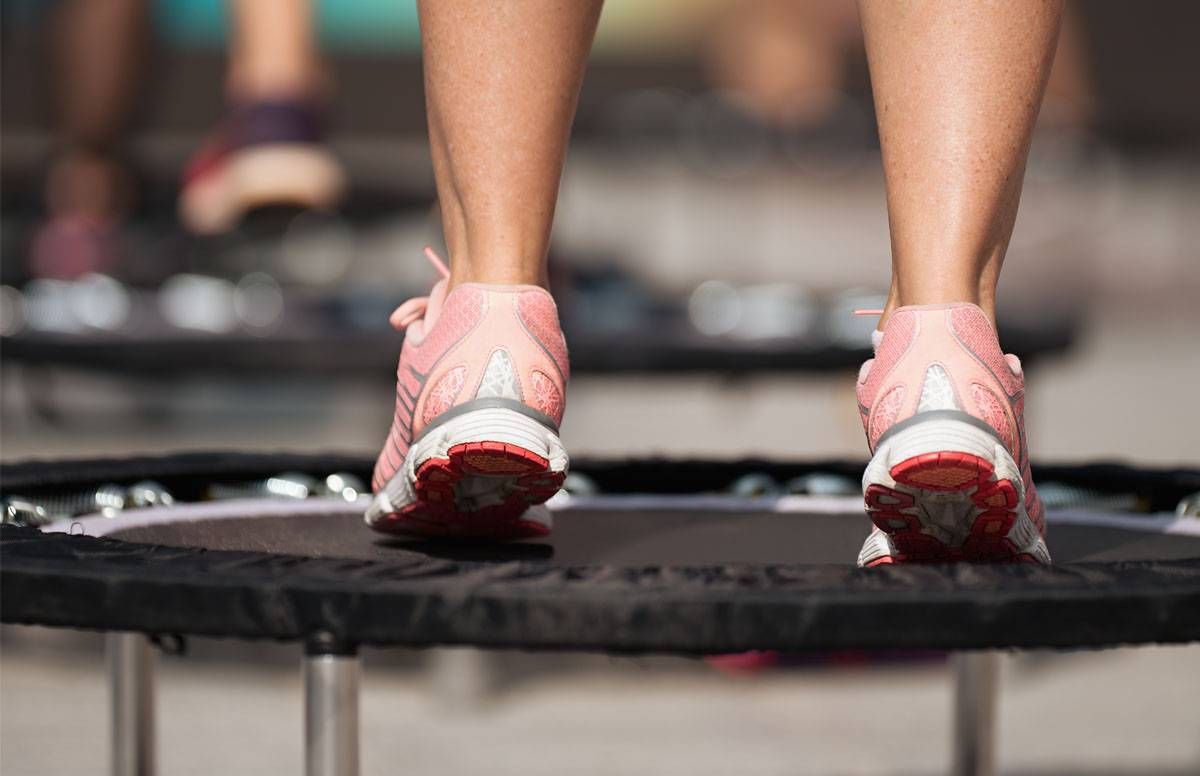

Outdoor Recreation & Activities
Why Is It Dangerous To Wear Shoes On A Trampoline
Modified: January 4, 2024
Discover why wearing shoes on a trampoline can be dangerous and learn how to stay safe during outdoor recreation and activities. Explore important tips and precautions.
(Many of the links in this article redirect to a specific reviewed product. Your purchase of these products through affiliate links helps to generate commission for Storables.com, at no extra cost. Learn more)
Introduction
Trampolines are a source of boundless joy and exhilarating fun, offering a unique way to experience weightlessness and defy gravity. The feeling of soaring through the air, performing acrobatic feats, and experiencing the thrill of bouncing is an unparalleled delight for both children and adults. However, despite the allure of this recreational activity, safety should always remain a top priority. One significant safety concern that often goes overlooked is the practice of wearing shoes while bouncing on a trampoline.
The idea of donning shoes on a trampoline may seem innocuous at first glance, but the potential dangers associated with this seemingly harmless act are worthy of serious consideration. To comprehend the risks involved, it is crucial to delve into the physics of trampolines, the impact of footwear, and the common injuries that can result from wearing shoes while bouncing. By gaining a comprehensive understanding of these factors, individuals can make informed decisions to ensure their safety and well-being while enjoying this beloved pastime.
In the following sections, we will explore the physics of trampolines, shedding light on the intricate dynamics at play when bouncing on these springy surfaces. Subsequently, we will delve into the specific dangers posed by wearing shoes on a trampoline, elucidating the potential hazards and their implications. Furthermore, we will examine the prevalent injuries that can arise from this practice, underscoring the importance of adhering to safety guidelines to mitigate such risks. To conclude, we will provide valuable tips for safe trampoline usage, empowering enthusiasts to partake in this activity responsibly and without compromising their safety.
As we embark on this exploration, it is essential to approach the topic with a keen awareness of the potential perils associated with trampoline use, particularly when shoes are involved. By equipping ourselves with knowledge and understanding, we can foster a culture of safety and enjoyment, ensuring that the thrills of trampolining are accompanied by a steadfast commitment to well-being and injury prevention.
Key Takeaways:
- Wearing shoes on a trampoline can damage the trampoline and increase the risk of injuries due to disrupted energy transfer and potential entanglement. It’s safer to bounce barefoot or in specialized trampoline socks.
- To stay safe on a trampoline, follow guidelines like limiting user capacity, inspecting equipment regularly, and using proper bouncing techniques. Avoid wearing shoes to prevent damage and reduce the risk of injuries.
Read more: Why Is Insulation Dangerous
The Physics of Trampolines
Trampolines operate on the principles of elasticity and kinetic energy, harnessing these fundamental concepts to create an exhilarating bouncing experience. When a person jumps on a trampoline, they exert force on the surface, causing it to deform and store potential energy. This potential energy is then converted into kinetic energy as the trampoline propels the jumper into the air, resulting in the characteristic bounce.
The trampoline’s mat, often made of durable, stretchable material, acts as a spring. As the jumper applies downward force, the mat deforms, storing the potential energy created by this compression. Subsequently, as the mat returns to its original shape, this potential energy is transformed into kinetic energy, launching the jumper skyward.
Understanding the physics at play on a trampoline is crucial for comprehending the potential risks associated with wearing shoes while bouncing. When a person wears shoes, the soles create a larger surface area in contact with the trampoline mat. This increased contact area results in a greater distribution of force, leading to heightened stress on the trampoline’s springs and frame. As a consequence, the trampoline’s components may experience accelerated wear and tear, potentially compromising the structural integrity of the apparatus over time.
Moreover, the presence of shoes alters the dynamics of the bouncing process. The rigid soles of shoes do not deform and absorb energy in the same manner as bare feet. As a result, the transfer of energy between the jumper and the trampoline is disrupted, potentially leading to uneven distribution of forces and increased strain on the trampoline’s components. This interference with the natural energy transfer mechanism can compromise the stability and safety of the bouncing experience.
Furthermore, the added weight of shoes can impact the rebounding effect, potentially diminishing the height and amplitude of each bounce. This alteration in the bouncing dynamics not only diminishes the enjoyment of the activity but also introduces the potential for awkward landings and compromised balance, increasing the risk of injury.
By comprehending the intricate interplay of forces and energies involved in trampolining, individuals can appreciate the significance of adhering to safety guidelines, including the prohibition of wearing shoes while bouncing. This understanding underscores the need to preserve the integrity of the trampoline and optimize the safety and enjoyment of this beloved recreational pursuit.
The Dangers of Wearing Shoes on a Trampoline
While the allure of bouncing on a trampoline while wearing shoes may seem innocuous, this practice poses significant dangers that warrant careful consideration. The presence of footwear introduces a myriad of hazards that can compromise both the structural integrity of the trampoline and the safety of the individuals partaking in this activity.
One of the primary dangers associated with wearing shoes on a trampoline is the increased stress exerted on the trampoline’s components. The rigid soles of shoes, designed to provide support and protection for the feet, create a larger surface area in contact with the trampoline mat. This expanded contact area results in a more extensive distribution of force, placing additional strain on the trampoline’s springs, frame, and mat. Over time, this heightened stress can lead to accelerated wear and tear, potentially compromising the structural stability of the trampoline and increasing the risk of mechanical failure.
Furthermore, the presence of shoes disrupts the natural energy transfer mechanism that occurs during bouncing. Unlike bare feet, which conform to the trampoline surface and facilitate the seamless exchange of potential and kinetic energy, shoes impede this process. The rigid nature of shoe soles inhibits the absorption and release of energy, leading to uneven force distribution and potentially compromising the stability of the bouncing experience. This disruption in energy transfer not only detracts from the enjoyment of trampolining but also introduces the potential for uncontrolled and erratic movements, increasing the risk of falls and collisions.
Additionally, the added weight of shoes can impact the amplitude and height of each bounce. The altered dynamics of the bouncing process resulting from the presence of footwear can lead to diminished propulsion and reduced airtime, diminishing the exhilarating sensation of weightlessness and aerial maneuvers. This reduction in bounce quality not only detracts from the overall trampolining experience but also increases the likelihood of awkward landings and compromised balance, heightening the risk of injury.
Moreover, the traction provided by the soles of shoes can lead to an increased risk of tripping and entanglement. The treads and grips designed to provide stability on various surfaces can catch on the trampoline mat, potentially causing individuals to stumble or lose their footing. This hazard is particularly pronounced during group trampolining activities, where the proximity of multiple individuals bouncing in close quarters increases the risk of entanglement and collisions due to the presence of shoes.
By recognizing the inherent dangers associated with wearing shoes on a trampoline, individuals can make informed decisions to prioritize safety and mitigate the risks posed by this practice. Through adherence to safety guidelines and a conscientious approach to trampoline use, enthusiasts can ensure a safe and enjoyable experience while minimizing the potential for injury and equipment damage.
Always remove your shoes before getting on a trampoline to avoid slipping and causing injury. Bare feet or non-slip socks are safer options for trampoline use.
Common Injuries Caused by Wearing Shoes on a Trampoline
The act of wearing shoes while bouncing on a trampoline introduces a host of potential injury risks, encompassing both physical harm to individuals and structural damage to the trampoline itself. By understanding the common injuries that can result from this practice, individuals can gain valuable insight into the importance of adhering to safety guidelines and avoiding the use of footwear on trampolines.
One prevalent injury that can occur when wearing shoes on a trampoline is ankle sprains. The rigid structure of shoes, coupled with the increased traction provided by the soles, can lead to an elevated risk of twisting or rolling the ankle during bouncing. The potential for entanglement and uneven landings due to the presence of shoes further exacerbates this risk, increasing the likelihood of individuals sustaining ankle injuries while wearing footwear on a trampoline.
In addition to ankle sprains, the altered dynamics of bouncing with shoes can lead to an increased incidence of foot and toe injuries. The rigid soles and reduced flexibility of shoes can impede the natural articulation of the foot, potentially resulting in impact-related injuries and discomfort. Furthermore, the potential for entanglement and tripping due to the traction provided by shoe soles can lead to toe and foot injuries, particularly during group trampolining activities where the risk of collisions is heightened.
Moreover, the presence of shoes on a trampoline can contribute to an elevated risk of lower limb injuries, including bruises, abrasions, and contusions. The increased force exerted on the trampoline’s surface due to the larger contact area of shoe soles can lead to heightened impact and friction, potentially resulting in skin abrasions and bruising upon contact with the mat. Additionally, the altered bouncing dynamics resulting from the presence of footwear can lead to awkward landings and compromised balance, increasing the likelihood of lower limb injuries due to falls and collisions.
Furthermore, the potential for entanglement and tripping resulting from the traction provided by shoe soles can lead to a heightened risk of upper body injuries, including wrist sprains and fractures. During bouncing, the presence of shoes can increase the likelihood of individuals stumbling or losing their balance, leading to falls and impacts that can result in injuries to the wrists and arms.
By recognizing the spectrum of potential injuries that can arise from wearing shoes on a trampoline, individuals can make informed decisions to prioritize safety and well-being. By adhering to safety guidelines and refraining from wearing shoes while bouncing, enthusiasts can mitigate the risk of injury and preserve the enjoyment of this beloved recreational activity.
Tips for Safe Trampoline Use
Ensuring a safe and enjoyable trampolining experience requires a conscientious approach to usage and a commitment to adhering to essential safety guidelines. By incorporating these tips into trampoline activities, individuals can mitigate potential risks, prioritize safety, and maximize the enjoyment of this exhilarating recreational pursuit.
- Footwear Guidelines: Encourage trampoline users to bounce barefoot or in specialized trampoline socks with non-slip grips. This practice fosters optimal energy transfer between the jumper and the trampoline surface while minimizing the risk of entanglement and injuries associated with traditional footwear.
- Supervision and Instruction: Ensure that trampoline activities are supervised by individuals well-versed in trampoline safety and usage guidelines. Additionally, provide clear and comprehensive instructions to participants, emphasizing the importance of safe bouncing techniques and awareness of their surroundings.
- Limit User Capacity: Establish and enforce a maximum user capacity for the trampoline to prevent overcrowding and mitigate the risk of collisions and entanglement during group bouncing activities.
- Regular Equipment Inspection: Routinely inspect the trampoline for signs of wear, tear, or damage, paying particular attention to the mat, springs, and frame. Address any issues promptly to maintain the structural integrity of the trampoline and minimize the risk of mechanical failure.
- Clear Surroundings: Ensure that the area surrounding the trampoline is free of obstacles, debris, and potential hazards. Maintain a clear and unobstructed space to minimize the risk of falls and collisions during dismounts and landings.
- Safe Entry and Exit: Emphasize the importance of safe entry and exit techniques, including using the ladder or designated access points and refraining from jumping or leaping onto the trampoline from elevated surfaces.
- Proper Bouncing Techniques: Educate trampoline users on proper bouncing form, including maintaining control, avoiding somersaults and flips without appropriate training and supervision, and refraining from engaging in roughhousing or dangerous maneuvers.
- Age-Appropriate Activities: Tailor trampoline activities to the age and skill level of participants, ensuring that younger users are engaged in age-appropriate bouncing and supervised by responsible adults.
- Weather Considerations: Refrain from trampoline use during inclement weather, high winds, or adverse conditions that may compromise the stability and safety of the trampoline.
- First Aid Preparedness: Maintain a well-equipped first aid kit in close proximity to the trampoline area, and ensure that individuals supervising trampoline activities are trained in basic first aid and injury management.
By integrating these tips into trampoline usage and fostering a culture of safety and responsibility, individuals can partake in this thrilling activity with confidence, knowing that they are prioritizing well-being while embracing the exhilaration of bouncing and defying gravity.
Read more: How To Make High Heels Non-Slip
Conclusion
Trampolines hold an irresistible allure, offering a unique avenue for individuals to experience weightless joy and boundless exhilaration. However, the safety considerations associated with trampoline use are paramount, and the practice of wearing shoes while bouncing introduces a host of potential dangers that warrant careful attention.
By delving into the physics of trampolines, we gain a profound understanding of the intricate forces and energies at play, underscoring the importance of preserving the integrity of the trampoline and optimizing the safety and enjoyment of this beloved recreational pursuit. The potential risks associated with wearing shoes on a trampoline, including increased stress on the trampoline’s components, disrupted energy transfer, diminished bounce quality, and heightened risk of entanglement and collisions, highlight the imperative of adhering to safety guidelines and refraining from this practice.
Furthermore, the common injuries that can result from wearing shoes on a trampoline underscore the significance of prioritizing safety and well-being. Ankle sprains, foot and toe injuries, lower limb abrasions, and upper body impacts represent a spectrum of potential harm that can be mitigated through a conscientious approach to trampoline usage and a commitment to adhering to essential safety guidelines.
By embracing the tips for safe trampoline use, individuals can cultivate a culture of responsibility and enjoyment, fostering an environment where the thrills of trampolining are accompanied by a steadfast commitment to well-being and injury prevention. Through measures such as adhering to footwear guidelines, promoting supervision and instruction, limiting user capacity, and maintaining regular equipment inspection, enthusiasts can partake in trampoline activities with confidence, knowing that they are prioritizing safety and maximizing the enjoyment of this exhilarating pursuit.
As we navigate the realm of trampoline use, it is essential to approach this activity with a keen awareness of the potential perils associated with wearing shoes on a trampoline. By equipping ourselves with knowledge, understanding, and a dedication to safety, we can ensure that the thrills of trampolining are accompanied by a steadfast commitment to well-being, injury prevention, and the preservation of the joyous, weightless experience that trampolines provide.
Frequently Asked Questions about Why Is It Dangerous To Wear Shoes On A Trampoline
Was this page helpful?
At Storables.com, we guarantee accurate and reliable information. Our content, validated by Expert Board Contributors, is crafted following stringent Editorial Policies. We're committed to providing you with well-researched, expert-backed insights for all your informational needs.



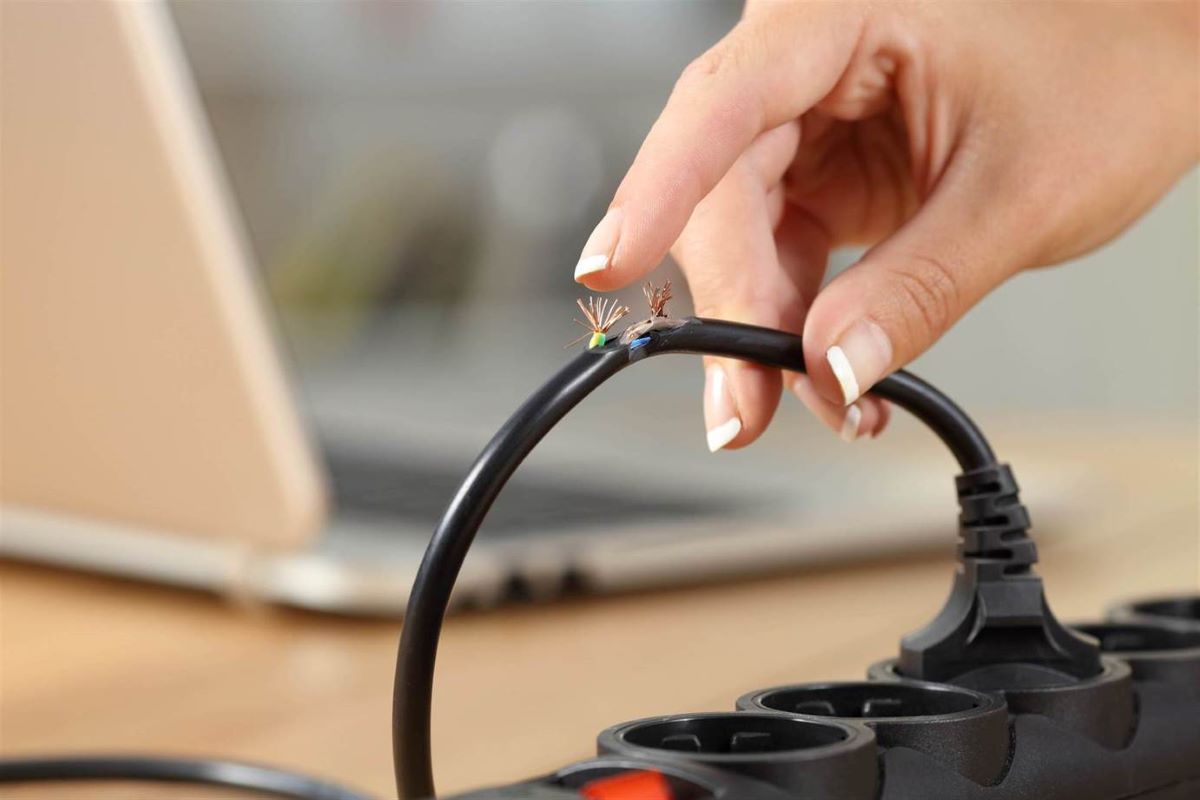
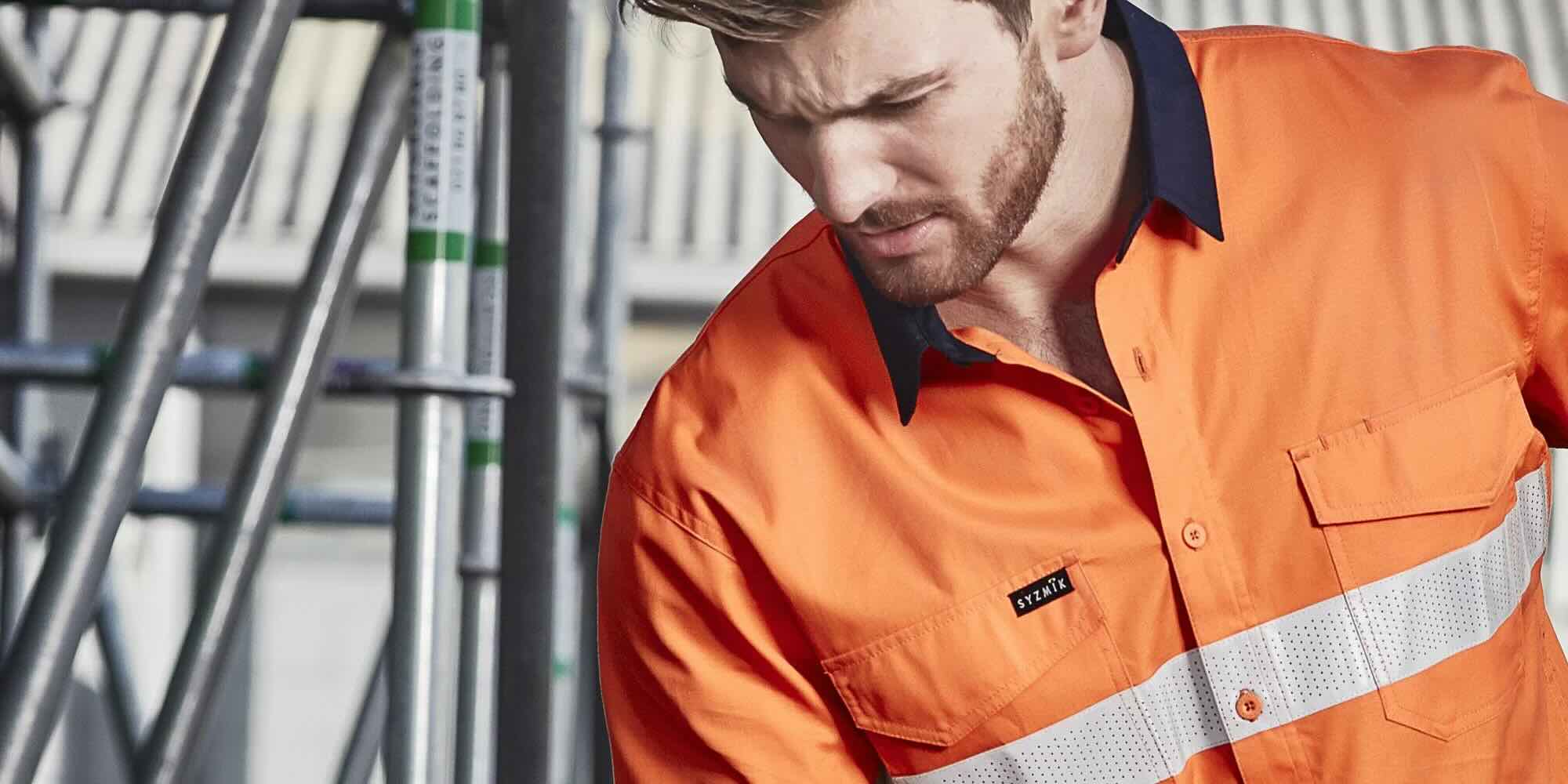





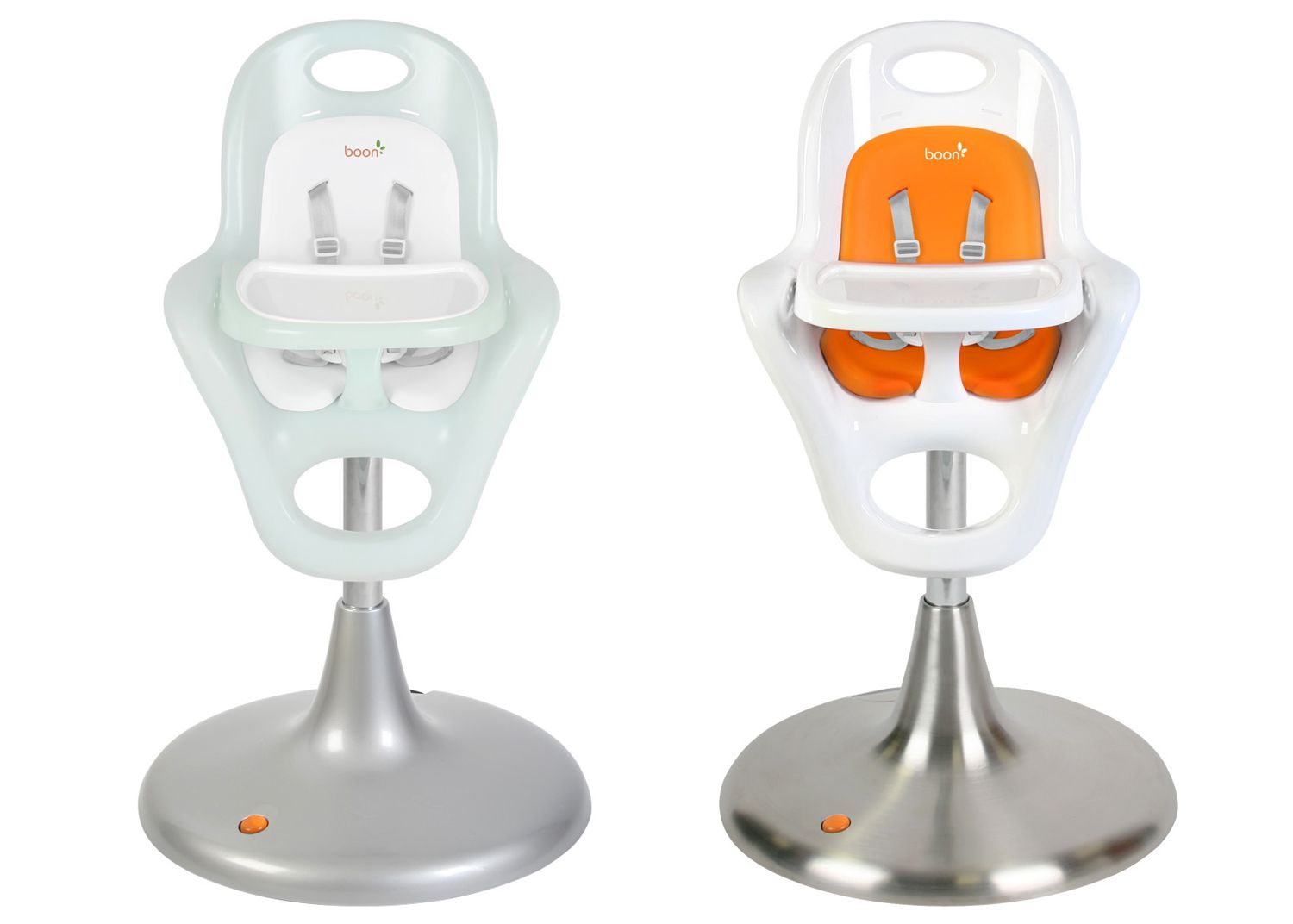


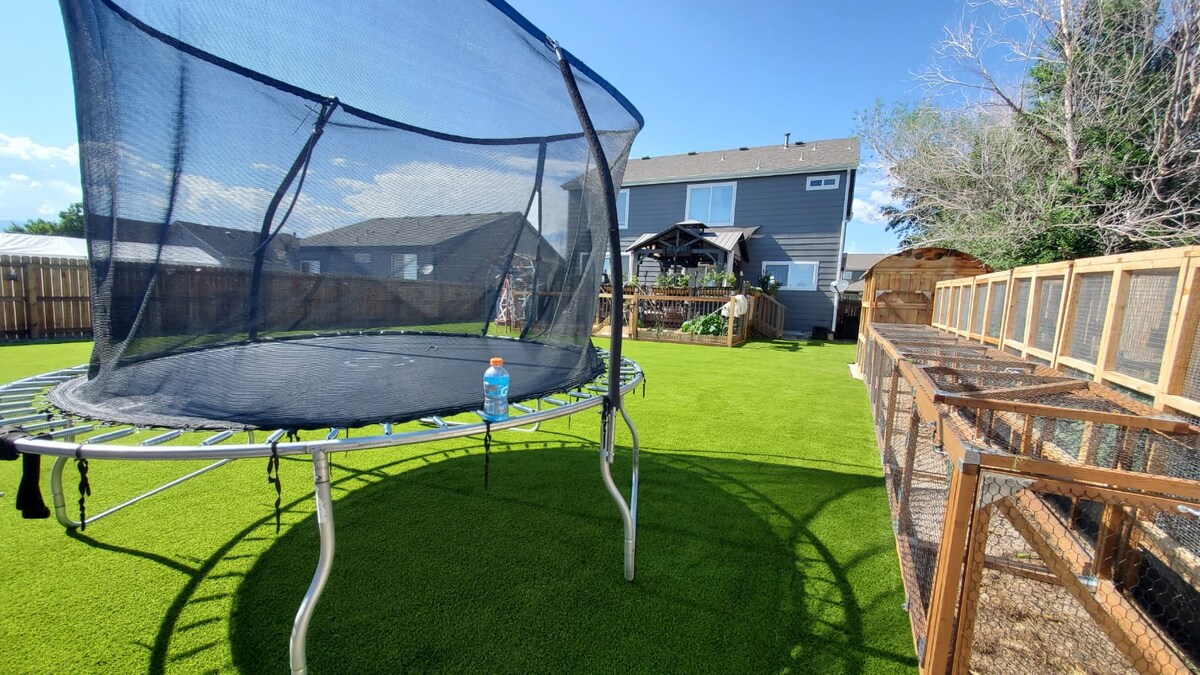

0 thoughts on “Why Is It Dangerous To Wear Shoes On A Trampoline”